Review
While the choice of people carriers has reduced significantly with the march of the SUV, the MPV still has a vital role to play for many fleets and families where space and versatility are the priority. The V-Class and fully-electric EQV offer both of these in spades, as well as a premium interior and image far removed from its van origins. It is pricey, however.
Overview
As SUVs have grown in popularity over the years, the impact and choice of dedicated people carriers as the go-to option for many businesses and families has declined.
However, there are still a few choices on the market and the Mercedes V-Class stands prominently among them. Its direct rivals include the Volkswagen Multivan, Ford Tourneo Custom and the yet-to-be-launched Lexus LM.
The Mercedes-Benz, based on the Vito panel van, has now received a major revamp, giving it new exterior and interior designs, as well as an upgrade in comfort, technology, safety and standard equipment.
Available with either a diesel engine in two power outputs, a battery electric version called EQV is also offered. A petrol-hybrid model will follow later this year.
Comfort and practicality
As you would expect from a people carrier based on a panel van, space is not at a premium in these models: it is incredibly spacious no matter what configuration you choose.
Both V-Class and EQV are available in two different lengths (the regular Long and Extra-Long) with three seat layouts. They come with seven seats as standard, with eight seats in the extra-long bodystyle, although seven can be specified as a no-cost option.
Access to the rear seats is through two electrically-operated sliding side doors, while the second and third row seats slide backwards and forwards to change both legroom and bootspace depending on your requirements. The third-row seats can also be removed entirely.
The standard arrangement is two individual seats in the second row with storage between them, including cup holders and fold-out tables. The second-row seats can also be rotated to face the three third-row seats.
With both layouts, there is masses of space, but the rear passenger space feels like it is focused on functionality. Remove the third row of seats and specify the optional luxury rear seats for the second row, and the V-Class and EQV are transformed into a true VIP experience.
These seats include a massage and reclining function, air conditioning and a footrest – usually found in the flagship S-Class saloon.
Throw in extra equipment such as pillow-soft headrests and wine glasses with magnets in their base so they stick to the centre console to prevent spills, and the experience is elevated still further.
With all bodystyles, the tailgate needs a lot of room the vehicle behind to open, but they have a split tailgate which allows the rear windscreen to open independently to allow easy access.
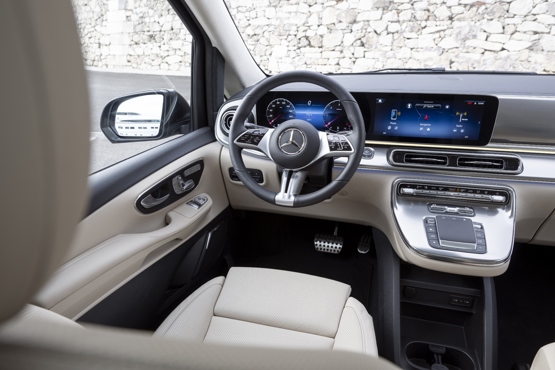
Safety and technology
Although there are some exterior updates, such as newly-designed grille and LED lights, it is the cabin where the most significant upgrades are found: its van origins are hidden superbly by the premium dashboard and interior trim. It feels much more like one of Mercedes-Benz’s executive saloons.
Out is the traditional hooded driver instrument binnacle and the central touchscreen from the outgoing model. In is the latest MBUX (Mercedes-Benz User Experience) display, which incorporates two 12.3-inch widescreen displays (one for the driver information and a central touchscreen for the infotainment system) into one, sweeping unit.
The infotainment system includes Android Auto and Apple CarPlay compatibility, as well as navigation with augmented reality.
The MBUX also includes a number of EV-specific functions in the EQV, such as cabin pre-conditioning and charging.
A new-generation steering wheel and new air vents add to the overall ambience. The quality of the materials throughout the cabin belies the fact the V-Class is based on a van; it feels very much the premium vehicle it is targeted to be.
V-Class and EQV both have a generous amount of safety equipment as standard. This includes active lane keeping assist, intelligent speed assist, attention assist, pedestrian emergency braking, while active brake assist now includes a cross-traffic function, which warns the driver of crossing or oncoming vehicles and dangerous overtaking manoeuvres, as well as intervening to brake in an emergency.
Driveability and range
V-Class is currently available with a 2.0-litre diesel engine in two power outputs: 161PS and 233PS, offering combined fuel economy of 39.2mpg and 37.2mpg respectively. CO2 emissions are from 192g/km and 196g/km.
Both engines use a nine-speed automatic transmission, and power delivery through this is slick. However, the V-Class’s van origins are noticeable in the way it drives and rides.
Although it is refined enough for most users, it feels it size and cannot compete with a well-sorted SUV or car-based MPV such as a Ford Galaxy for either driving experience or ride comfort.
Refinement is obviously much better in the fully-electric EQV. This is powered by a 203PS motor and offers a range of up to 213 miles from its 90kWh battery.
A maximum AC charging speed of 11kW means it can be charged from empty to full in less than nine hours, which a DC charging capability of 110kW allows it to go from 10% to 80% in around 40 minutes.
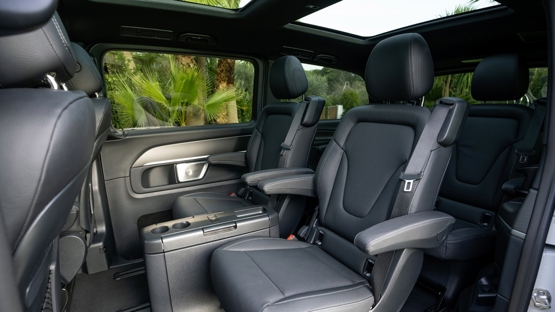
Company car tax and running costs
Neither the V-Class or the EQV are cheap cars to purchase, with the V-Class range starting with a P11D price of £72,965.
The diesel model’s CO2 emissions put it in the 37% BIK tax band, meaning a 40% taxpayer would pay a monthly company car tax bill of around £900 a month.
As a zero-emission car, EQV sits in the 2% benefit-in-kind tax bracket, with its P11D price from £87,950 giving the same employee a monthly company car tax bill of around £60.



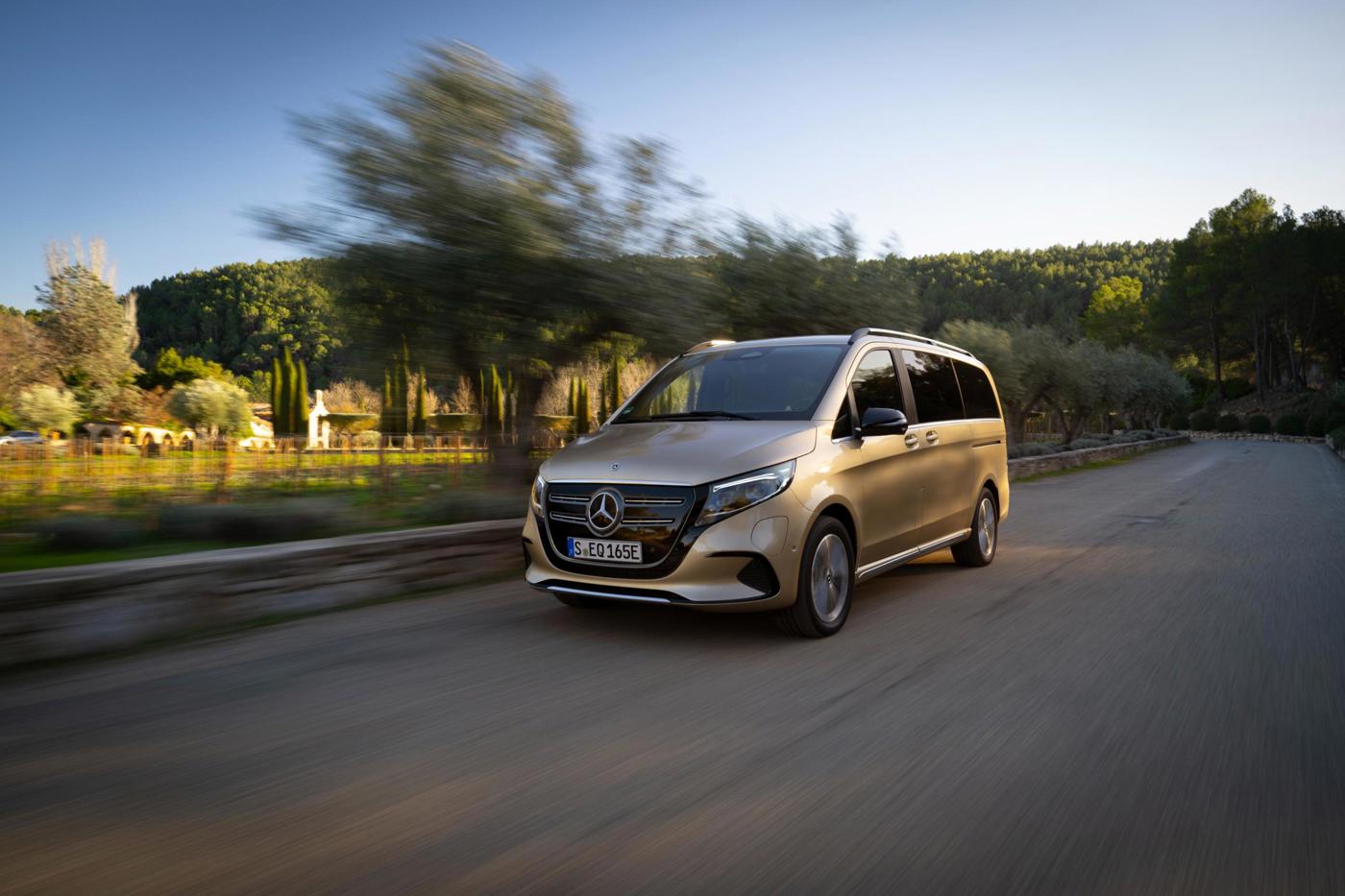


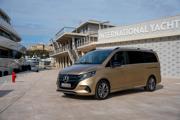
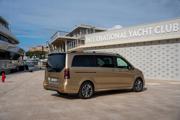

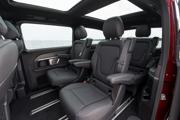




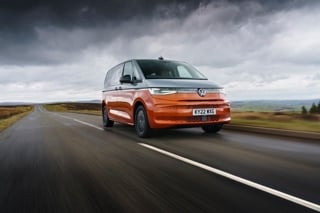
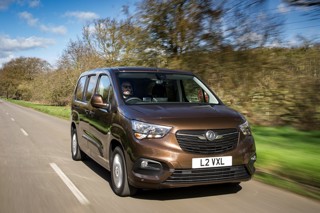
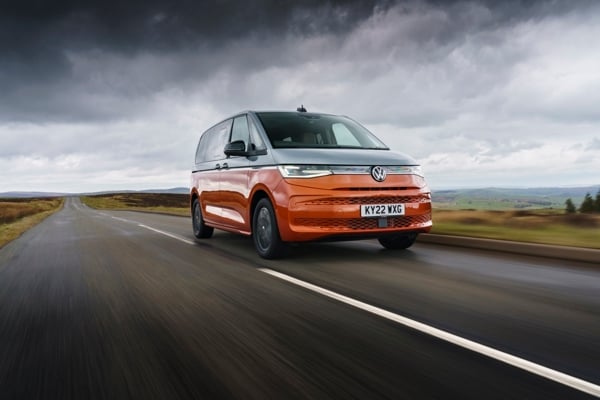
 Diesel
Diesel



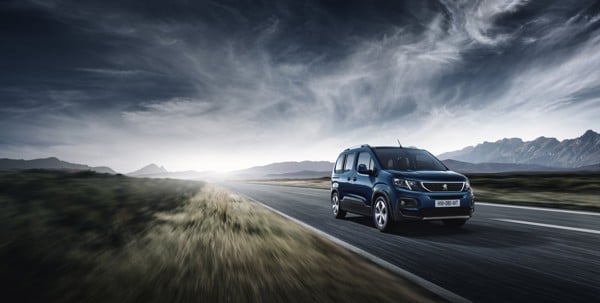





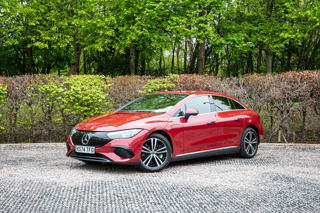












Login to comment
Comments
No comments have been made yet.